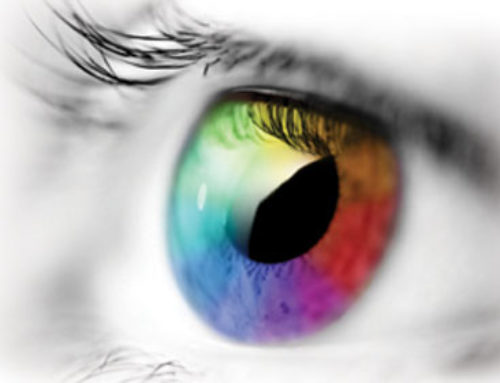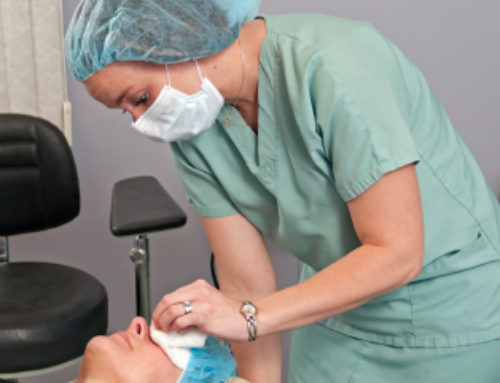Excessive sunlight exposure may lead to ultraviolet damage to the lens causing a cataract.
 The lens of the eye is responsible for focusing light onto the back of the eye, known as the retina. The lens is made of protein and water. As we age, and with certain medical conditions, the lens may become cloudy. When this happens, a cataract forms. Symptoms may include a gradual change in the vision, as if looking through frosted glass. Lights may be blurry or excessively bright. Colors may not seem as sharp as they once did.
The lens of the eye is responsible for focusing light onto the back of the eye, known as the retina. The lens is made of protein and water. As we age, and with certain medical conditions, the lens may become cloudy. When this happens, a cataract forms. Symptoms may include a gradual change in the vision, as if looking through frosted glass. Lights may be blurry or excessively bright. Colors may not seem as sharp as they once did.
There are many factors believed to contribute to cataract formation. Diabetes, especially when poorly controlled, can lead to cataract formation. Excessive sunlight exposure may lead to Ultraviolet(UV) damage to the lens, leading to a cataract. Medications, such as steroids and diuretic medications used for high blood pressure may also be implicated. Cataracts can form in the center, at the edges, or the back part of the lens, depending on the underlying cause.
Treatment for cataracts may take many different forms. Your ophthalmologist may have you try glasses, magnifying aids, and certain lighting modifications. Eventually, as the cataract worsens, surgical options will need to be discussed. As cataract surgery is one of the most commonly performed surgeries, it is well understood and very safe. Your ophthalmologist will determine the best lens replacement for you.
Cataract surgery consists of the removal of the damaged lens and the placement of a new clear plastic lens. The surgery is usually done in the outpatient setting with local anesthesia. The recovery time is very short and can restore the patient’s vision to a near perfect condition. Talk to your ophthalmologist to discuss your cataract and the best treatment options for you. If surgery is your best option, your ophthalmologist will go over all details of the procedure with you during your consultation.
- Restor Lenses – http://www.acrysofrestor.com/
- Toric Lenses – http://www.acrysofiqtoric.com/




